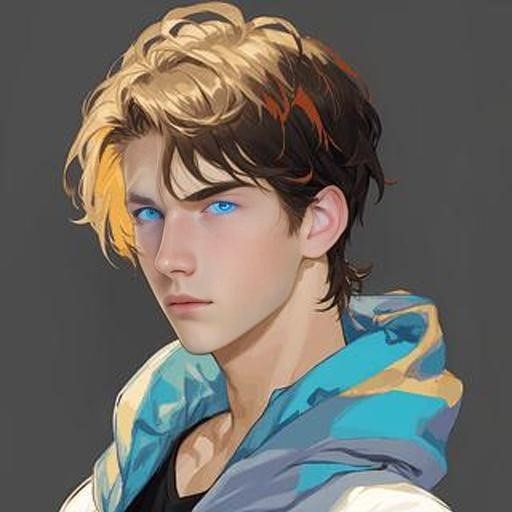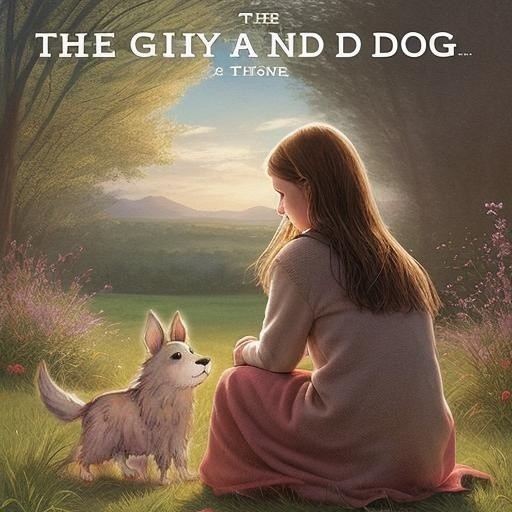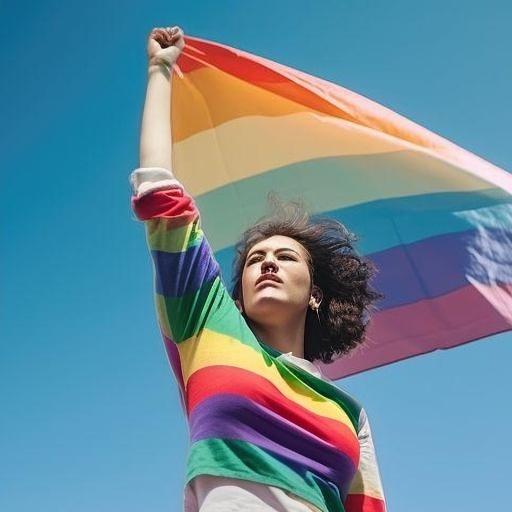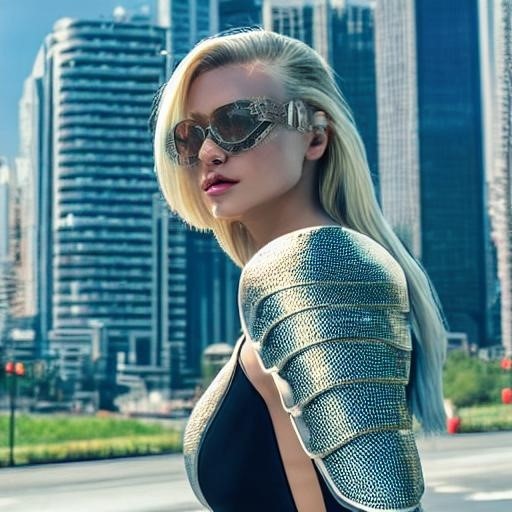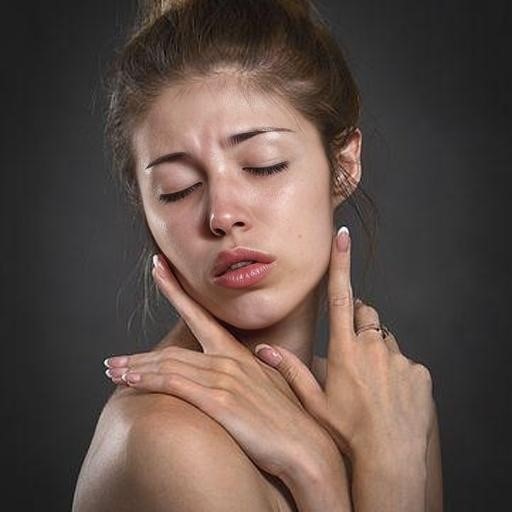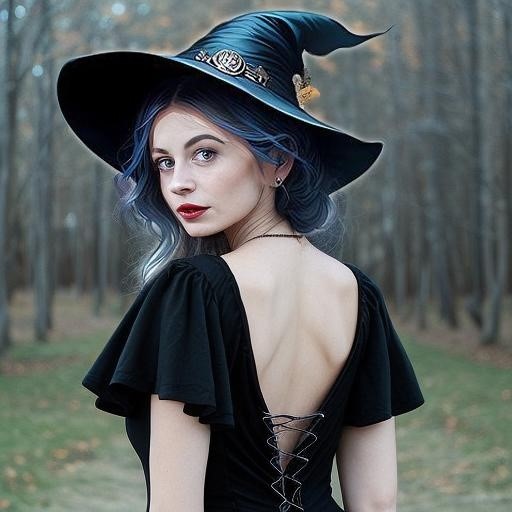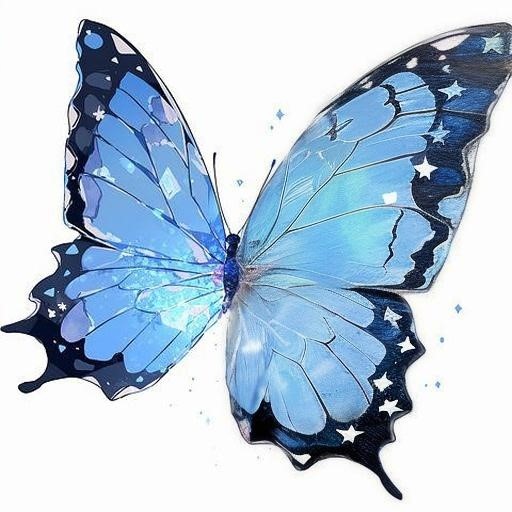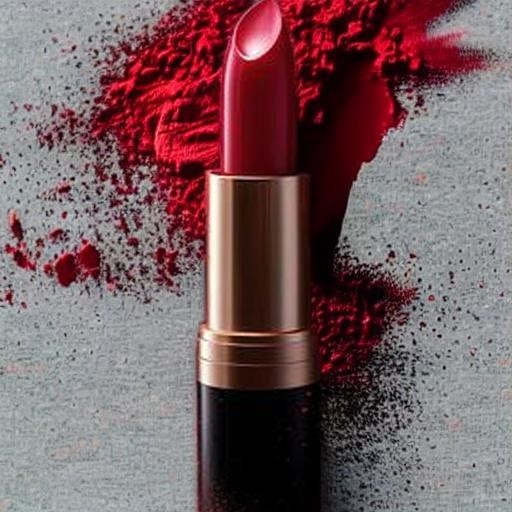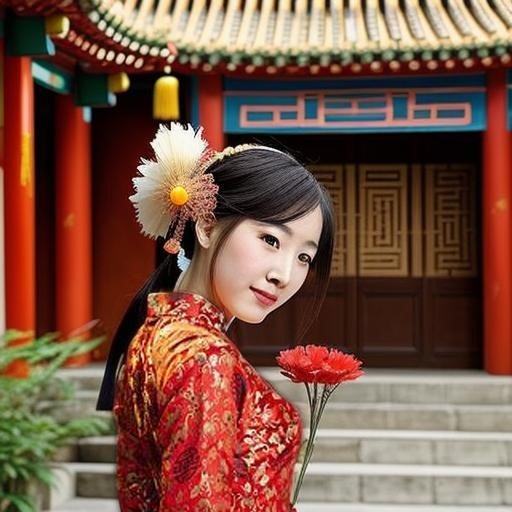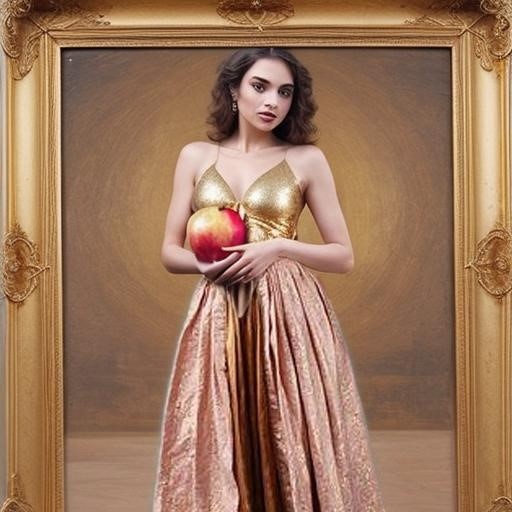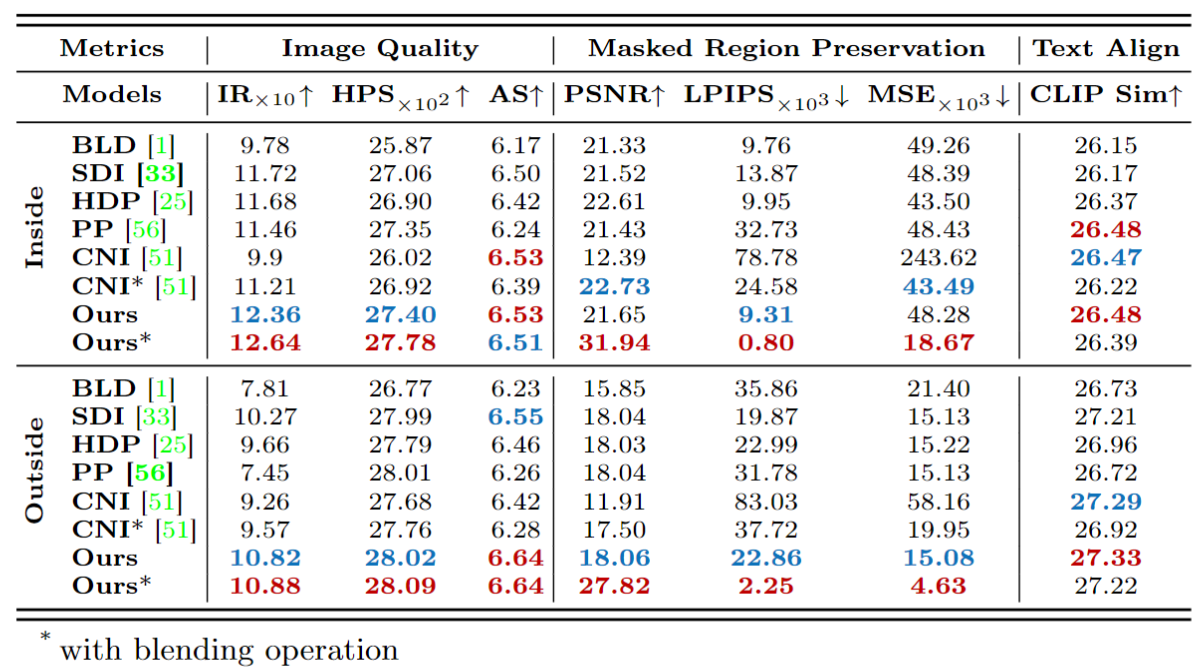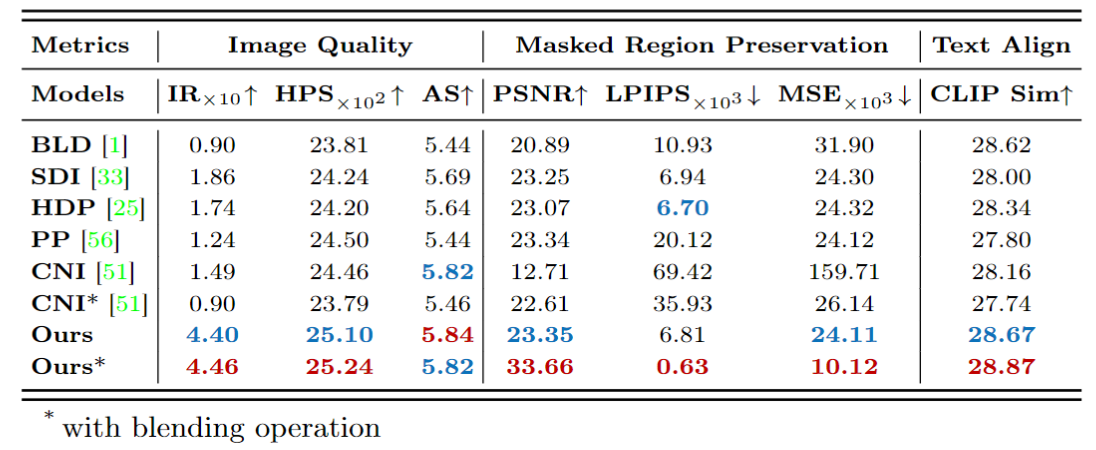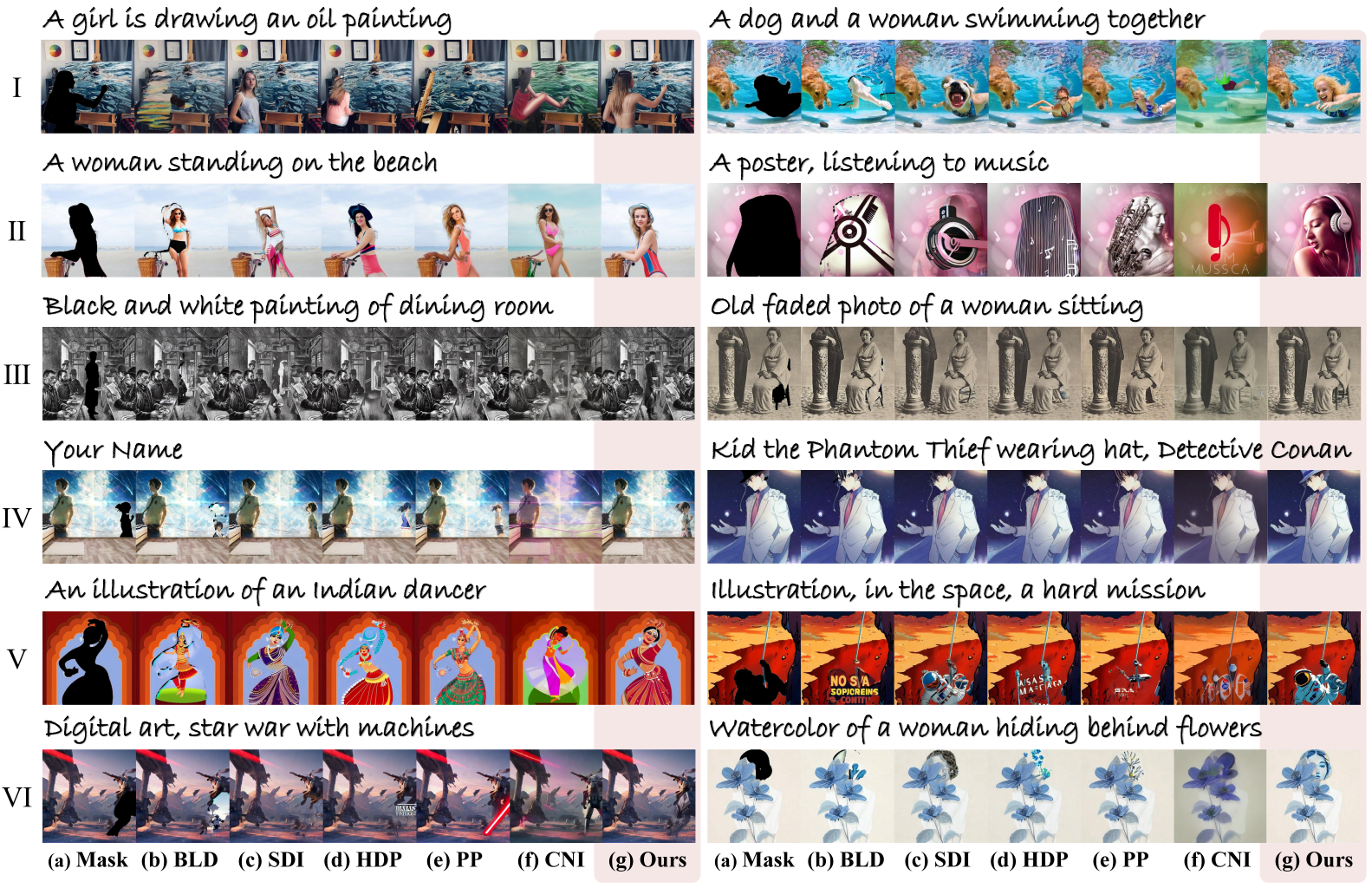Image inpainting, the process of restoring corrupted images, has seen significant advancements with the advent of diffusion models (DMs). Despite these advancements, current DM adaptations for inpainting, which involve modifications to the sampling strategy or the development of inpainting-specific DMs, frequently suffer from semantic inconsistencies and reduced image quality. Addressing these challenges, our work introduces a novel paradigm: the division of masked image features and noisy latent into separate branches. This division dramatically diminishes the model's learning load, facilitating a nuanced incorporation of essential masked image information in a hierarchical fashion. Herein, we present BrushNet, a novel plug-and-play dual-branch model engineered to embed pixel-level masked image features into any pre-trained DM, guaranteeing coherent and enhanced image inpainting outcomes. Additionally, we introduce BrushData and BrushBench to facilitate segmentation-based inpainting training and performance assessment. Our extensive experimental analysis demonstrates BrushNet's superior performance over existing models across seven key metrics, including image quality, mask region preservation, and textual coherence.
